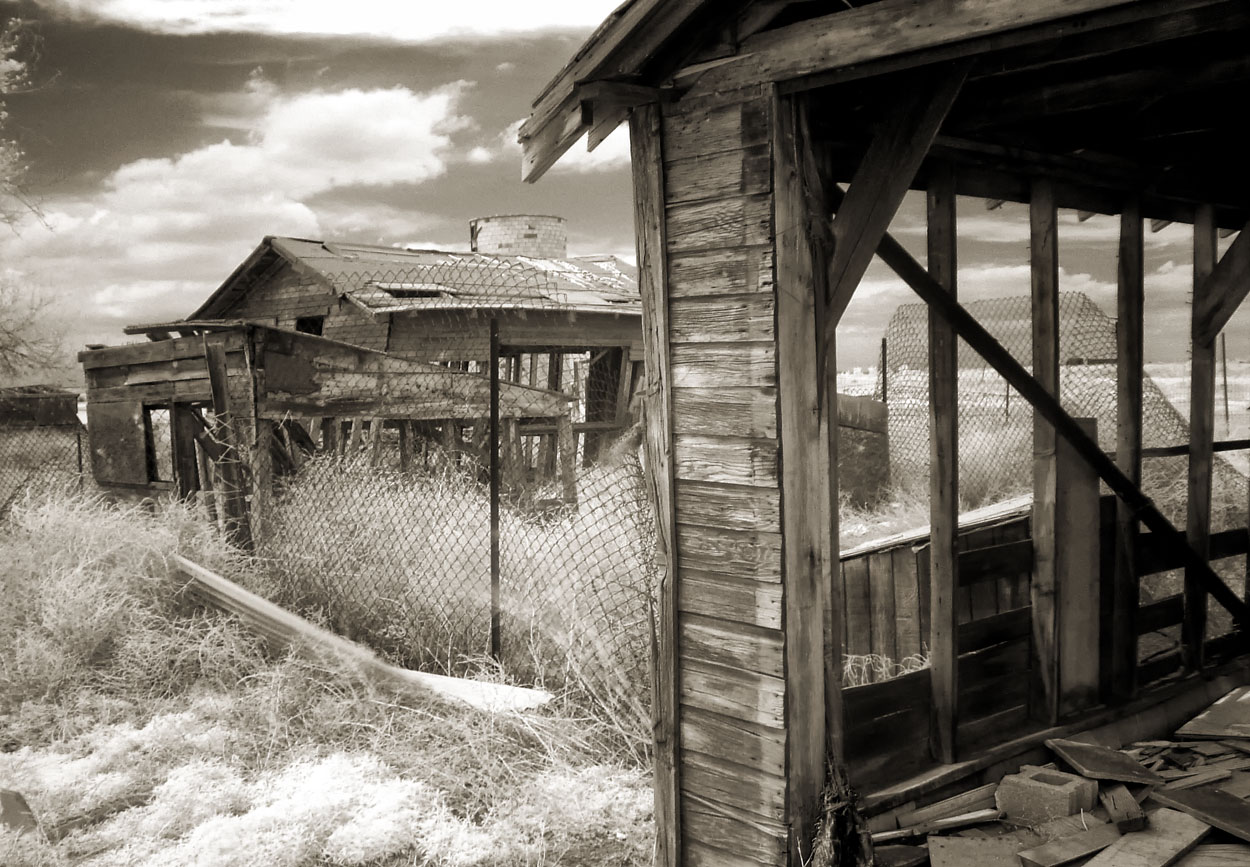Today’s Post by Joe Farace
“Everything visible came from the invisible world.” ―
Our eyes can only see visible light, but there are all kinds of other light including radio, infrared, ultraviolet, X-ray, and gamma-ray, all of which are invisible to the naked eye. We also experience thermal infrared light when we feel the sun’s heat of the on our skin.
Ultra Violet (UV) light comes from the Sun but the Earth’s ozone layer protects us from most of this light. Many photographers keep UV aka Haze filters on all of their lenses as protection but they can also reduce the amount of ultraviolet radiation that strike your camera’s image sensor or film and suppress atmospheric haze or dust. When photographing at altitudes of 14,000 feet or more, you really should use a UV filter in front of your lens in order for your finished image to approximate the same color correct view your brain send to your eyes.
What you see as red, orange, yellow, green, blue, indigo, and violet are different wavelengths of light. Shorter waves are blue and the longer ones appear red to our eyes. Each color’s wavelength is measured in nanometers or one billionth of a millimeter or microns that are a millionth of a meter. Red light begins at wavelengths of about 0.65 microns. Violet light has wavelengths around 0.4 microns and yellow light waves are 0.6 microns. Your eyes can’t see light with any wavelength longer than 0.7 microns.
Astronomers have long delved into the infrared spectrum for astrophotography of distant non-terrestrial subjects but there are plenty of terrestrial applications for infrared photography too, including forensic investigation and aerial crop or forest surveys. For the purpose of this blog and in my personal photography, light with wavelengths from 700 and 900nm are referred to as infrared light. This band of infrared light is a thousand times wider than that of visible light and completely invisible to our eyes. Infrared film, IR-converted cameras and some video cameras are sensitive to what is called near infrared. This is also the type of IR light that your television remote control *uses.

How I Made this Photograph: There are no ‘official’ subjects for digital infrared photography although I take a crack at the subject on my car photography website/Blog. Today’s image is probably one of the least traditional subjects for infrared photography and was made near Brighton, Colorado. It was shot on the grounds of a farm that had been left abandoned as part of a highway project and is probably gone by now. It was shot with a FujiFilm FinePix S20Pro with with 35-200 (equivalent) lens and an exposure of 0.6 seconds at f/2.8 and ISO 200. Image converted to toned monochrome with Silver Efex software.
My personal philosophy is that photography should be fun. Part of that fun is trying new things. Digital or even film IR photography can be lots of fun because it helps you look at your world in new ways and lets you create images that look unlike any other technique that you’re likely to try. That alone is a good enough reason to try infrared digital photography.
Please check out my two YouTube videos—Joe Farace’s Videos—about Infrared Photography: The first one is on Filters, the second video is about IR Camera Conversions.
 You can learn more about infrared photography and my approach to it on my YouTube Channel, where I have to videos:The first is on Using Infrared Filters and the second is on IR Camera Conversions.
You can learn more about infrared photography and my approach to it on my YouTube Channel, where I have to videos:The first is on Using Infrared Filters and the second is on IR Camera Conversions.
My book, The Complete Guide to Digital Infrared Photography is available from Amazon for $11.42 with used copies starting around $7.59 as I write this. Creative Digital Monochrome Effects has a chapter on IR photography and is available from Amazon for $9.39 with used copies starting around two bucks, as I write this.